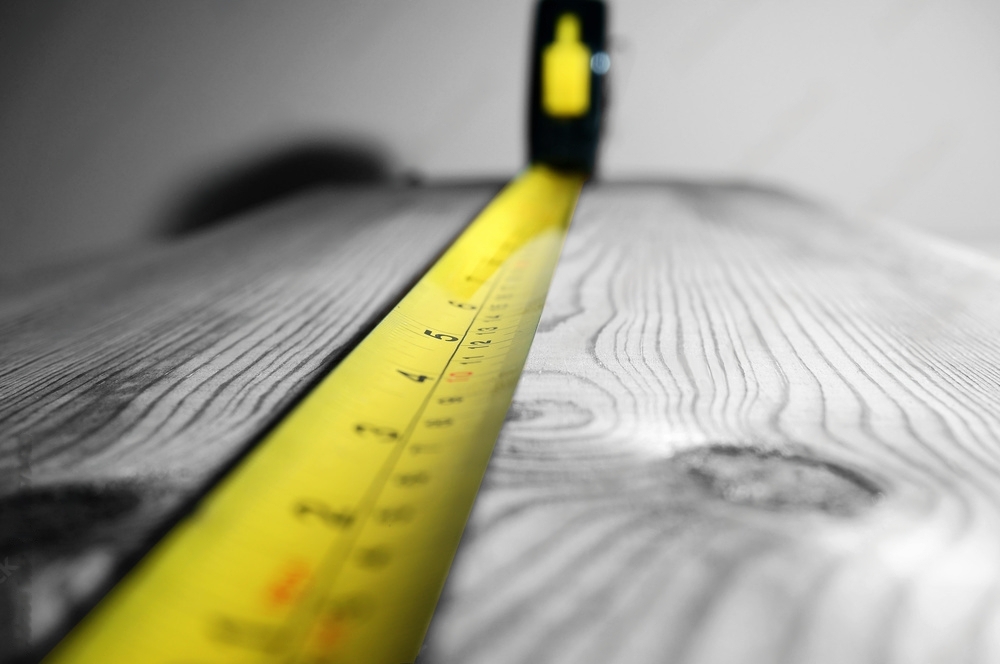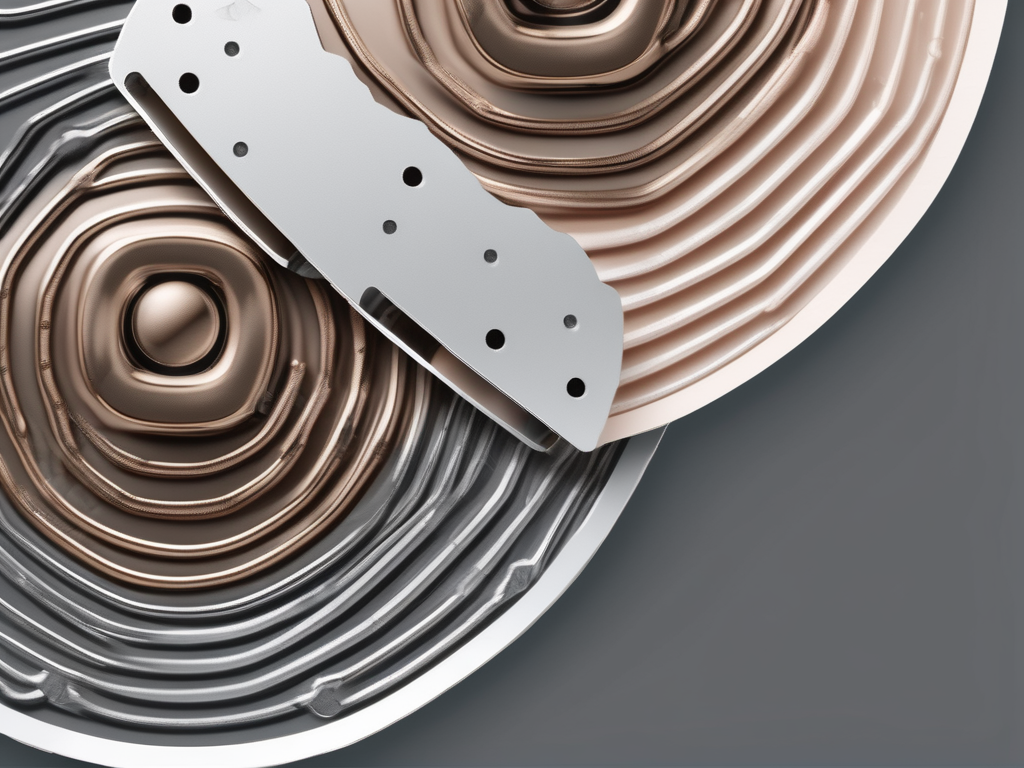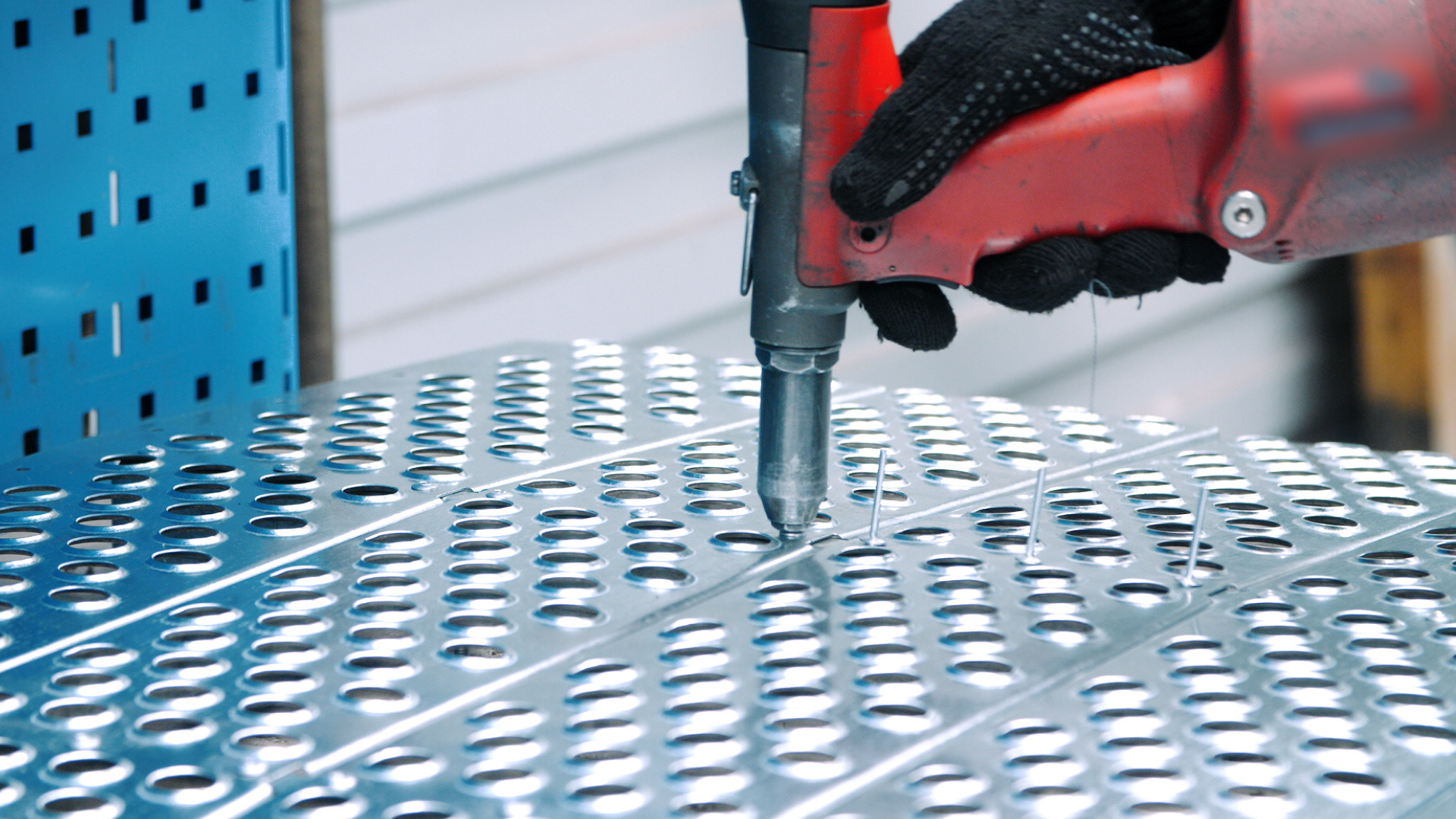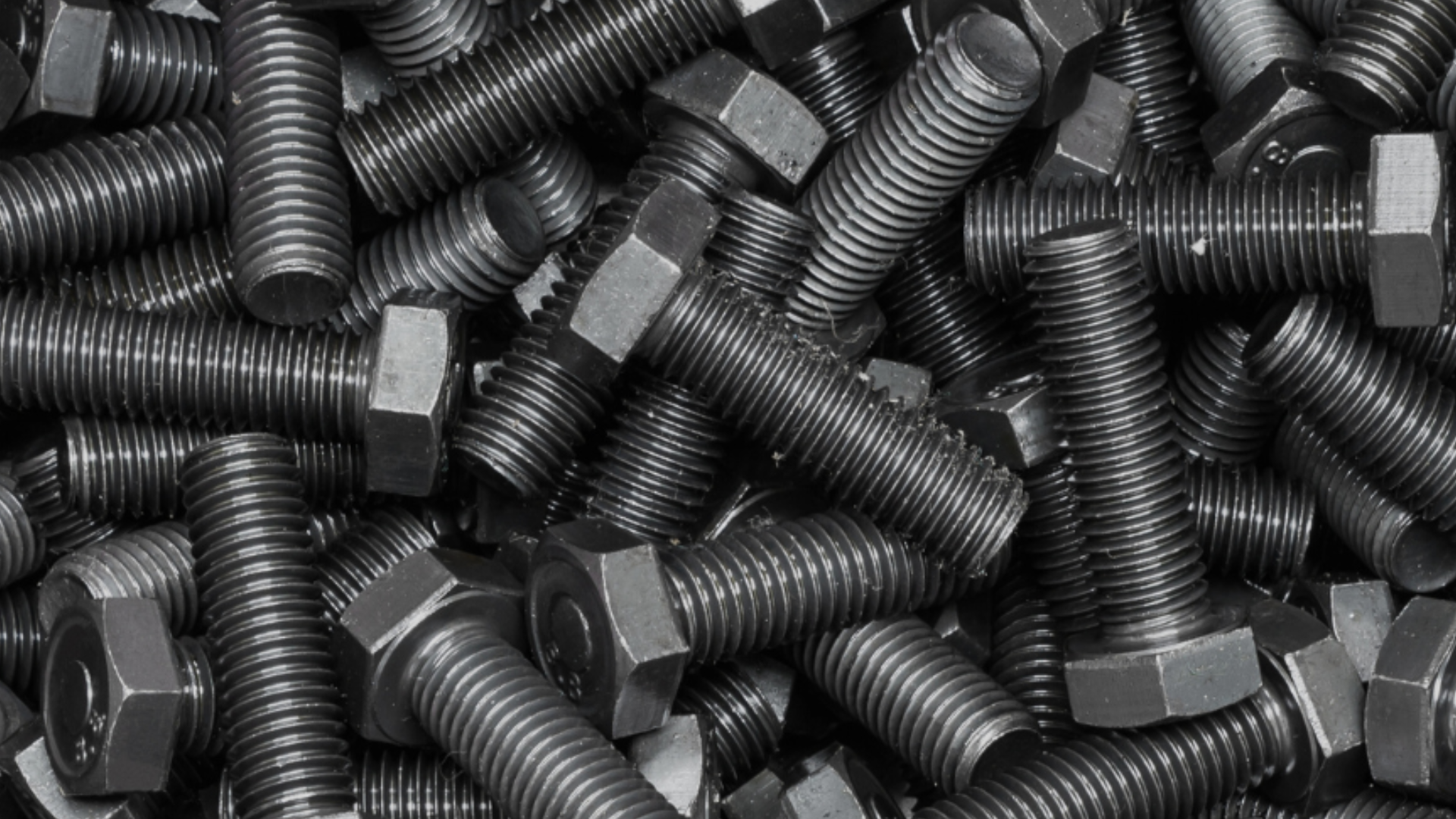In the world of precision engineering, every millimeter counts. Whether you’re building a rocket or crafting a delicate instrument, understanding the ins and outs of measuring thread size is crucial. Threads, those tiny grooves that join screws and nuts, may seem insignificant, but they play a vital role in ensuring the stability and strength of your creations. So let’s embark on a journey to unravel the mysteries of thread measurement and set you on the path to precision perfection!
Table of Contents
Understanding the Basics of Screw Threads
Before we dive into the nitty-gritty of measuring thread size, let’s start with the basics. Screw threads come in two main variations: Imperial and Metric. These are the dominant systems used worldwide for measuring threads. Understanding the key differences between the two will set the stage for accurate measurements. So, let’s explore!
When it comes to understanding screw threads, it’s important to grasp the concept of pitch. Pitch refers to the distance between adjacent threads and is measured in millimeters or inches, depending on the system being used. It determines the tightness or looseness of the fit between a screw and its corresponding nut or threaded hole.
Now, let’s take a closer look at the variations between Imperial and Metric threads.
Exploring the Variations: Imperial vs Metric Threads
Imperial threads, also known as Unified National Thread (UNC) or Unified Fine Thread (UNF), are commonly used in the United States and a few other countries. Metric threads, on the other hand, are the go-to choice for most of the world. The key distinction between the two lies in the units of measurement. Imperial threads are measured in inches, while metric threads are measured in millimeters.
Imperial threads have a coarser pitch compared to metric threads, making them suitable for applications where quick assembly and disassembly are required. Metric threads, on the other hand, offer finer pitch options, providing a more precise fit for delicate machinery and equipment.
Now, you might be wondering, “Why do we need two different systems?” Well, my friend, it all comes down to history! Different regions and countries developed their own standards over time, and as global trade expanded, it became necessary to have an understanding of both systems. And that’s why we’re here today, ready to conquer the world of measuring thread sizes!
When working with screw threads, it’s important to note that there are different thread forms as well. The most common ones include V-threads, which have a V-shaped profile, and trapezoidal threads, which have a trapezoidal profile. These thread forms have specific applications and are designed to provide optimal performance in different scenarios.
Decoding Screw Sizes: A Guide for Beginners
Now that we have a handle on the different thread variations, it’s time to delve into the world of screw sizes. Screw sizes may seem confusing at first, but fear not! We’re here to demystify them for you.
When it comes to measuring screw sizes, there are a few important factors to consider. Diameter, threads per inch (TPI), and pitch are the key players in determining the perfect fit. But how do we measure them accurately? Let’s find out!
The diameter of a screw refers to the major diameter, which is the largest diameter of the screw’s threaded portion. It is typically measured in millimeters or inches, depending on the system being used. The threads per inch (TPI) indicate the number of complete threads within a one-inch length of the screw. This measurement helps determine the thread density and the level of engagement between the screw and the corresponding nut or threaded hole.
When measuring screw sizes, it’s important to use the right tools. A thread gauge or a caliper can help you accurately measure the diameter and pitch of a screw. Additionally, a thread pitch gauge can be used to determine the number of threads per inch or millimeter.
Now that you have a better understanding of screw threads and their variations, you’re ready to tackle any project that involves measuring thread sizes. Remember, precision is key, so take your time and ensure accurate measurements for a perfect fit every time!
Mastering the Art of Measuring Threads
Now that you’ve got a good foundation, it’s time to master the art of measuring thread size like a pro. Get your measuring tools ready, and let’s dive in!
Step 1: Identifying the Thread Type
The first step in measuring thread size is identifying the thread type. Is it an imperial or a metric thread? Look for visual cues or consult the specifications if you’re in doubt. Once you’ve determined the thread type, you’re one step closer to accurate measurement.
Imperial threads, also known as inch threads, are commonly used in the United States and other countries that still rely on the imperial system of measurement. On the other hand, metric threads are the standard in most parts of the world, including Europe and Asia.
Knowing the thread type is crucial because it determines the measurement units and tools you’ll need for accurate sizing.
Step 2: Measuring the Thread Diameter
Now that you know the thread type, it’s time to measure the thread diameter. This is a critical measurement that determines the fit between the screw and the nut or hole it goes into.
For imperial threads, grab a caliper, a precision measuring tool commonly used in engineering and machining. With the caliper, carefully measure the outer diameter of the thread and convert it to inches. This measurement will help you determine the appropriate nut or hole size for the screw.
Metric threads require a similar approach, but instead of inches, you’ll be converting to millimeters. Use the caliper to measure the outer diameter of the thread and convert it accordingly. This measurement will help you select the correct nut or hole size for the screw.
Step 3: Calculating Threads per Inch (TPI) or Pitch
Once you’ve measured the thread diameter, it’s time to find out how many threads are packed within an inch (TPI) for imperial threads or the pitch for metric threads. TPI and pitch tell you about the thread spacing and help determine the compatibility of screws and nuts.
For imperial threads, use a thread pitch gauge, a handy tool with a series of blades or wires of various thicknesses, to count the number of threads within an inch. By aligning the gauge with the threads, you can easily determine the TPI.
Metric threads are measured differently – you’ll need a pitch gauge to determine the distance between threads and identify the pitch. The pitch gauge has a series of teeth with different spacing, allowing you to match them with the threads and determine the pitch.
Step 4: Converting Measurements to Standard Units
While imperial and metric systems have their own units of measurement, it’s essential to convert measurements to standard units for easier comparison. This step ensures consistency and accuracy in your thread size measurements.
Don’t fret! Conversion tables and calculators are readily available, making this process a breeze. A millimeter can become 0.0393701 inches with just a little calculation magic!
Remember, precision is key when it comes to measuring threads. Even the slightest error in measurement can lead to compatibility issues and compromise the integrity of your project. Take your time, double-check your measurements, and ensure accuracy.
Alternative Methods for Accurate Thread Measurement
So far, we’ve covered the traditional methods of measuring thread size. However, there are alternative approaches to consider. Optical comparators, digital measuring systems, and specialized thread measurement tools offer more precise and efficient methods for accurately measuring thread sizes. These high-tech alternatives can streamline your workflow and save valuable time, ensuring your precision engineering projects are carried out with utmost accuracy.
An optical comparator is a device that uses light and magnification to compare the thread profile against a known standard. This method provides a visual representation of the thread, allowing for precise measurements and easy identification of any deviations.
Digital measuring systems, such as laser micrometers or digital calipers, offer quick and accurate measurements with minimal human error. These tools provide digital readouts, eliminating the need for manual conversions and reducing the risk of measurement mistakes.
Specialized thread measurement tools, such as thread plug gauges or thread ring gauges, are designed specifically for measuring threads. These gauges have precise thread profiles that can be used to check the accuracy of both internal and external threads.
While these alternative methods may require a higher initial investment, they can greatly enhance the efficiency and accuracy of your thread measurement process. Consider incorporating them into your workflow for optimal results.
Demystifying Male and Female Thread Sizes
Now that you’ve become a thread measurement pro, it’s time to tackle one more piece of the puzzle – male and female thread sizes. Understanding these concepts will take your thread fitting knowledge to the next level!
Male threads are those found on screws, bolts, and external surfaces, while female threads are the grooves or holes corresponding to the male threads. The perfect harmony of male and female threads results in a secure and functional connection.
So there you have it, my friend – a comprehensive guide to measuring thread size for precision engineering. Armed with this knowledge, you’ll be able to tackle any project with confidence and precision. Remember, every thread counts, so measure twice and cut once to ensure a perfect fit. Happy engineering!



